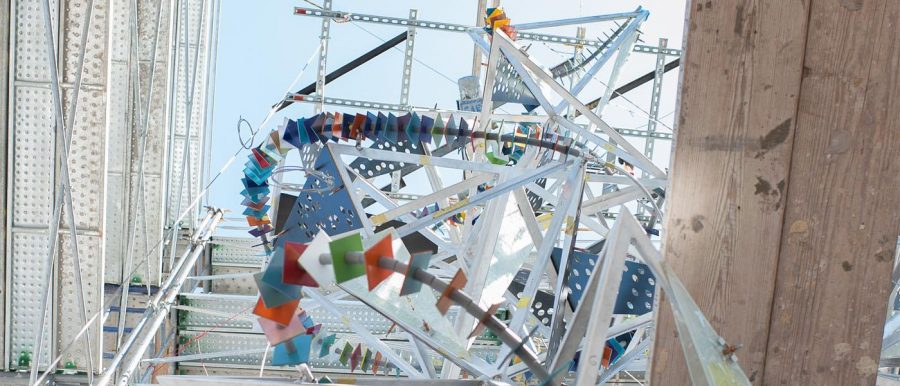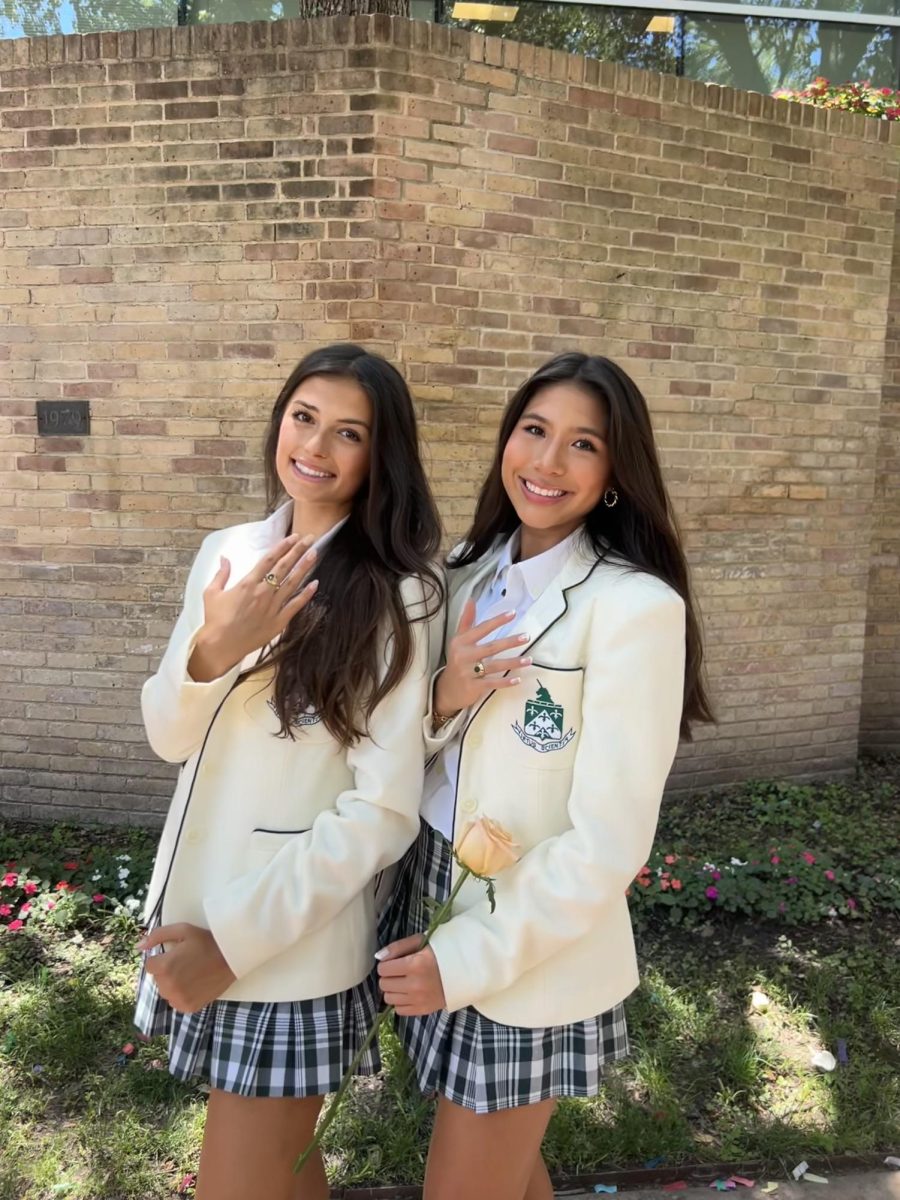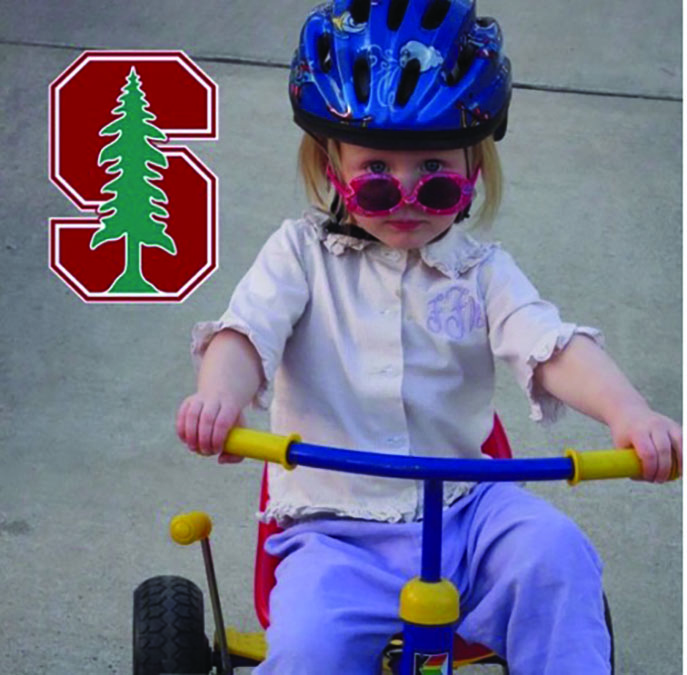The unique 18 feet tall, 9 feet wide, and 5 feet deep Centennial Sculpture will be completed and installed in the Lyda Hill STEM Institute at the end of June, marking the end of a three year project.
Visual Arts Department Chair Susan Sanders came up with the idea to create a project involving the entire school in 2012. She pitched it at an administrative meeting, and from then, efforts to complete the project have been non-stop, filling Sanders’ schedule with meetings with chemists and structural engineers, visits to the mock up site and garnering help from students around Hockaday.
“I had no idea how complex this was going to be,” Sanders said. “Even in the beginning, it took longer than we thought just to get all the people together in the right place and right time.”
Sanders wanted the project to be a collaborative project with the school, so while she could’ve taken the idea to a professional designer, Sanders walked down the halls of Hockaday to retired Upper School art teacher Juliette McCullough’s Art classes, and then to math teacher Jackie Girard’s pre-calculus enriched math class.
McCullough taught Studio Art I, Studio Art II and Advanced Art, and all classes participated in this project.
“We began by looking at phyllotaxis patterns in nature and the Fibonacci sequence in mathematics,” McCullough said. “They began by sketching their ideas, then had to sculpt them using simple materials.”

With help from Carlyn Ray, a designer, glass blower and former student of Sanders, McCullough, Ray and Sanders asked the students for assistance.
“After they created their sketches, we broke up into groups and talked and discussed what makes this a better design than other,” Ray said. “They presented their ideas, and we asked, ‘why did they like this? How did this represent Hockaday? How does this look different perspectively from the floor to the third story? What kind of story does this tell?’”
The art classes came up with many different models from this consultation, and created a three minute movie which showed the model and how it would function as a full scale sculpture in the Centennial Science Center. The Class of 2014 then voted for which design was their favorite.
Sanders and Ray brought it to the pre-calculus enriched math class to discuss angels, the tetrahedrons in the design and the area it involves.
“We tried to stay to [the original design] as close as possible and keep the overall feeling of the design, but some of the sections are just a little different,” Ray said. “We weren’t able to make some attachments physically, so we would just move it a little bit to the side and make it feasible.”
Sanders added the idea of having separate glass pieces on the whole sculpture, creating an opportunity for all students and faculty to be involved.
Everyone from pre-kindergarten students to faculty members designed and created their own glass pieces. Even the Former Eugene McDermott Headmistress, Kim Wargo, and the kitchen staff participated. By the end of the 2013-2014 school year, Sanders’ had around 900 glass pieces.
“Everybody who wanted to could participate, and it would be a long enduring, permanent legacy–a reminder of those experiences that happened while we made it,” Sanders said. “It built a sense of community that was very nice.”
When the 2014-2015 school year started, middle school students helped Sanders count all the bits and pieces. These pieces were then sent to Ray’s studios where Ray drilled holes in them.
Structural engineers created full-sized models to ensure the design was impeccable. Because the sculpture is made of thousands of different parts, they practiced assembling it many times to prepare for the actual installation.
Before the Lyda Hill STEM Institute was built, Chief Financial Officer JT Coats integrated the infrastructure, support and lighting needed for the sculpture into the building. She continues to work with engineers to confirm that the STEM Institute has the correct parameters to support the 1500-pound structure.
Initially, the project was meant to be installed 12 months after the project was pitched, but after those involved realized the numerous parts and jobs that the project entailed, 12 months seemed to be too short.
“We didn’t understand what was really going to be involved. It’s monumental,” Sanders said. “There isn’t going to be another sculpture like this in Dallas.”
Even though they’ve accepted and even appreciated the delay, there was hope that the sculpture would have already been installed by now. However, Coats believes that installation at the end of June is a perfect fit.
“At the end of the day it’s all about the teachers and the students and that interaction, and what that brings,” Coats said. “We just wanted to have a place where great things can happen. It’s inspiration for the students, teachers and faculty. It’s outside of the box completely.”
To see a timeline, pictures and learn more about the Centennial Project, click here.
Cheryl Hao – Asst. Castoff Editor














